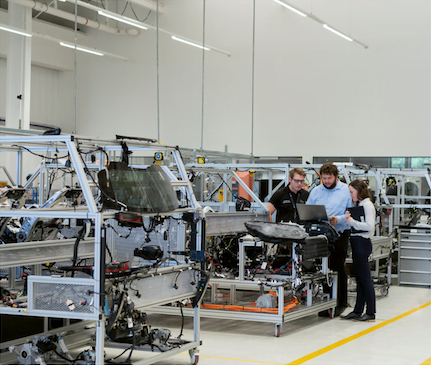Viking extrusions have been working with the rail and mass transit industry for over 25 years, helping keep thousands of passengers safe every day across the country, and the world!
We’ve worked on several major rail projects around the world including:
- HS1
- Hong Kong Metro
- Electrostar
- Turbostar
- London Underground
Trains have changed a lot over the time we’ve been working with them- adapting with the availability of new materials and advancements in aerodynamic design. In this infographic we go back even further into their development, looking at major milestones in the development of railways and the materials that made them possible.
The rail and mass transit industries require high performance materials that can meet the health and safety standards required to ensure passenger welfare, whilst also operating in demanding environments where they will be exposed to extreme temperatures and weathering. This was not always the case- trains were originally made from wood and then cast iron, leading to dangerous dilapidation!
Train design has required the development of new materials to meet the high performance standards required, and in turn developments in material technology have spurred train design. With advancements in both silicone and steel zinc alloys, trains are faster, safer and more efficient than ever before.
Read through the infographic below to see how they have developed through time.


